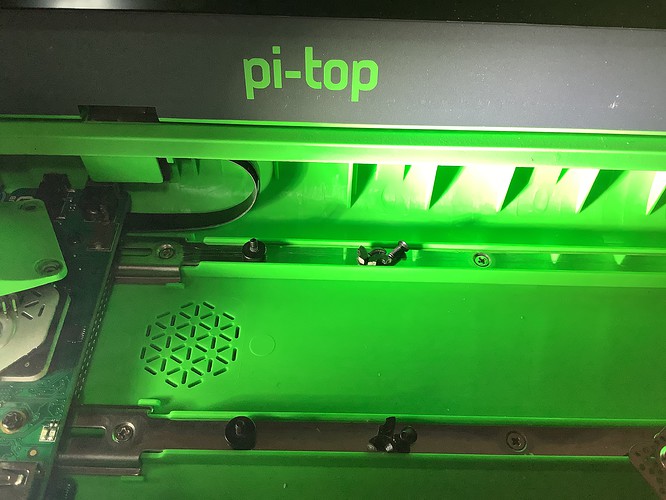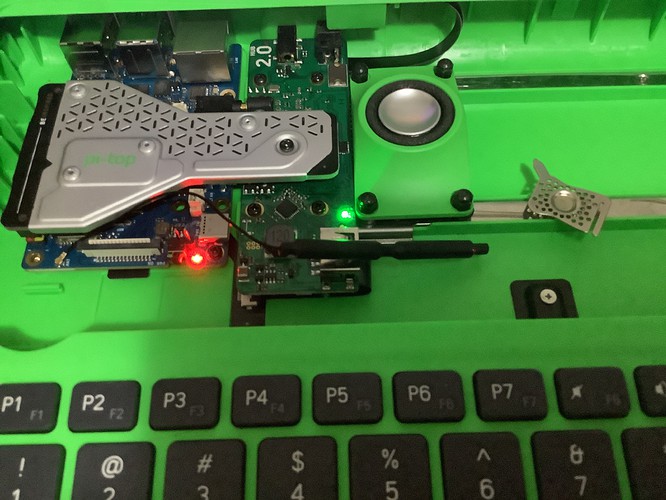@PhiPi I hope you can answer some of my questions regarding the Alta:
- can you post pictures of the fitted Alta? Pictures say more than a thousand words.
- How did you choose the Alta model? I only found out about them in this post.
- Do you think other models would fit, too?
- What do you expect in terms of performance improvement over the PI 3?
- Can the Alta be powered over GPIO? My Google foo did not come up with anything useful.
- If you plan to add Wifi/Bluetooth, which adapter do you recommend?
Thx








 The boxes did look refurbished, so yeah.
The boxes did look refurbished, so yeah.
 (most are a bit bigger)
(most are a bit bigger)